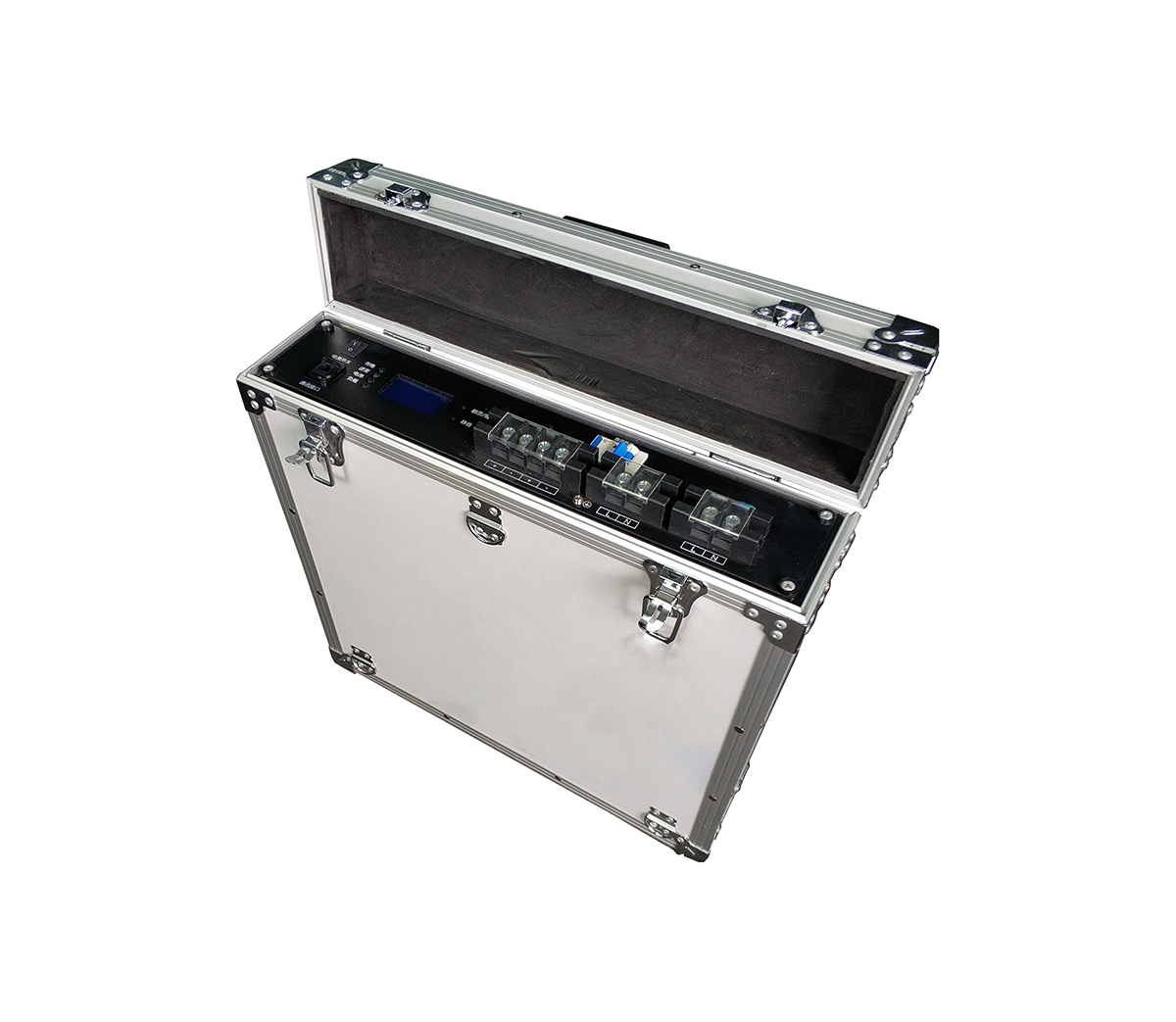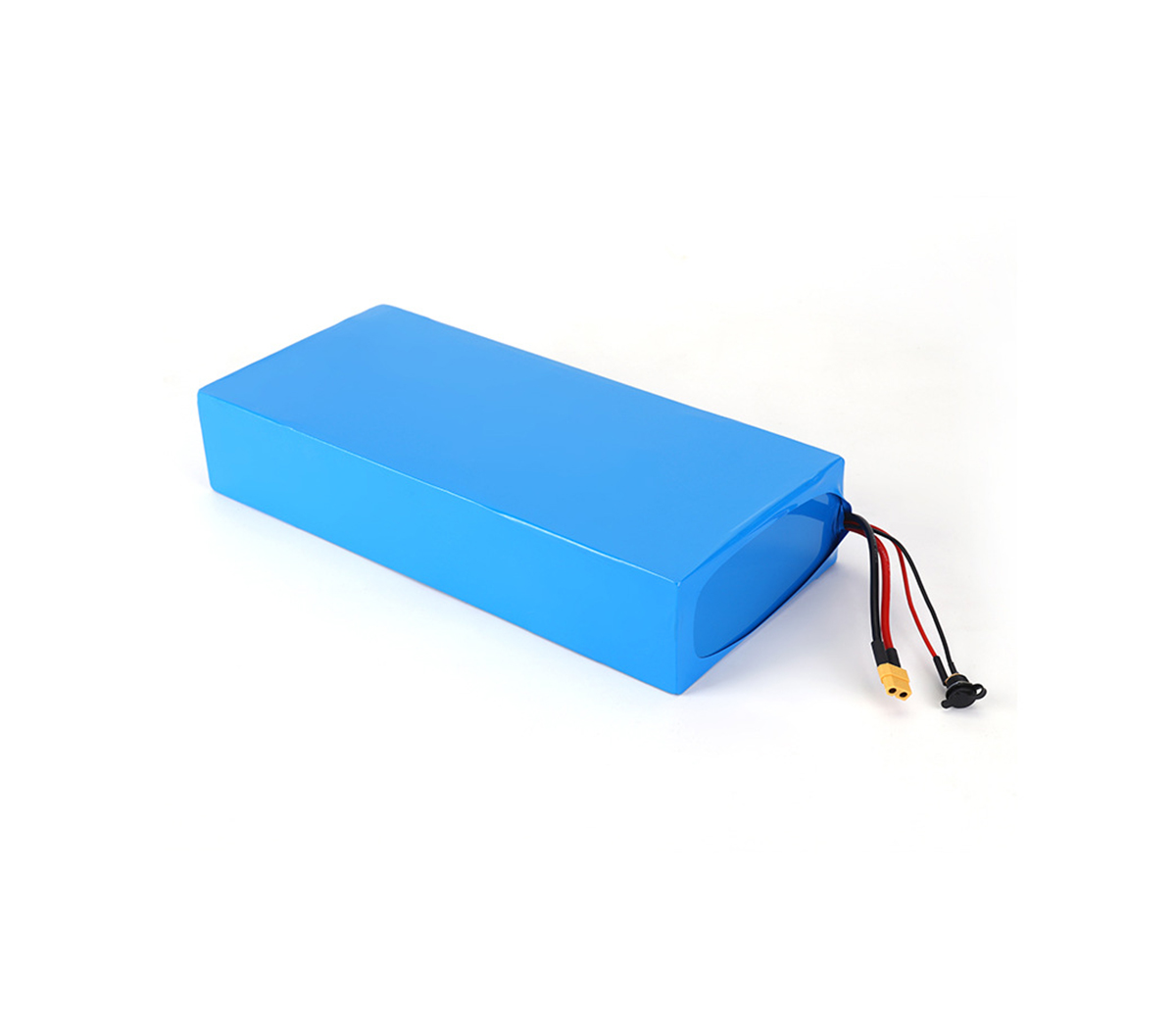What is the charging method based on high-voltage lithium-ion battery
pack?
Overcharging of lithium ion batteries will seriously damage the performance
of the battery, and may even cause an explosion to cause personal injury.
Therefore, in order to prevent overcharging of single lithium ion batteries,
lithium ion battery packs are generally equipped with a battery management
system (Battery Management System, referred to as BMS), through the battery
management system to protect each single lithium-ion battery from
overcharging.
At present, the charging of lithium-ion battery packs generally adopts
series charging, which is mainly because the series charging method is simple in
structure, low in cost, and easier to implement. However, due to the differences
in capacity, internal resistance, attenuation characteristics, self-discharge
and other performance between single lithium ion batteries, when charging
lithium ion battery packs in series, the single lithium ion battery with the
smallest capacity in the battery pack will Fully charged first, and at this
time, other batteries are not fully charged, if you continue to charge in
series, the fully charged single lithium-ion battery may be overcharged.
The overcharging of lithium-ion batteries will seriously damage the
performance of the battery and may even cause an explosion to cause personal
injury. Therefore, in order to prevent overcharging of single lithium-ion
batteries, lithium-ion battery packs are generally equipped with a battery
management system (BatteryManagementSystem, Referred to as BMS), each single
lithium ion battery is protected by overcharging through the battery management
system. When charging in series, if the voltage of a single lithium-ion battery
reaches the overcharge protection voltage, the battery management system will
cut off the entire series charging circuit and stop charging to prevent the
single battery from being overcharged, which will cause other The lithium ion
battery cannot be fully charged.
After years of development, lithium iron phosphate power batteries have
basically met the requirements of electric vehicles, especially pure electric
cars, due to their high safety and good cycle performance. The process is
basically equipped with large-scale production. condition. However, the
performance of lithium iron phosphate batteries is somewhat different from other
lithium-ion batteries, especially their voltage characteristics are different
from those of lithium manganese oxide batteries and lithium cobalt oxide
batteries. The following is a comparison between the charging curves of lithium
iron phosphate and lithium manganate batteries and the corresponding
relationship between lithium ion deintercalation:
Figure 1 Corresponding relationship between lithium ion deintercalation and
charging curve of lithium manganate battery
Figure 2 Corresponding relationship between lithium ion deintercalation and
charging curve of lithium iron phosphate battery
It is not difficult to see from the curve in the figure above that when the
lithium iron phosphate battery is almost fully charged, the lithium ions are
almost completely extracted from the positive electrode to the negative
electrode, and the battery terminal voltage will rise rapidly, and the charging
curve will be upturned. Easily reach the overcharge protection voltage.
Therefore, the phenomenon that some batteries in the lithium iron phosphate
battery pack are not fully charged is more obvious than that of the lithium
manganate battery pack.
In addition, although some battery management systems have equalization
functions, due to cost, heat dissipation, reliability and other considerations,
the equalization current of the battery management system is generally much
smaller than the current of series charging, so the equalization effect is not
very obvious, and it will appear. Some single cells are not fully charged, which
is more obvious for lithium-ion battery packs that require high-current
charging, such as lithium-ion battery packs for electric vehicles.
For example, if 100 lithium-ion batteries with a discharge capacity of
100Ah are connected in series to form a battery pack, if 99 single lithium-ion
batteries are charged 80Ah before the group is formed, and the other single
lithium-ion battery is charged 100Ah, the When this battery pack is charged in
series, the single lithium ion battery with a charge of 100Ah will be fully
charged first, so as to reach the overcharge protection voltage. In order to
prevent this single lithium ion battery from being overcharged, the battery
management system will The entire series charging circuit is cut off, which
makes the other 99 batteries unable to be fully charged, so the discharge
capacity of the entire battery pack is only 80Ah.
When testing the capacity when the battery factory leaves the factory, the
single battery is first charged with a constant current, then charged with a
constant voltage, and then discharged at a constant current to measure the
discharge capacity. Generally, the discharge capacity is approximately equal to
the constant current charging capacity plus the constant voltage charging
capacity. In the actual battery pack series charging process, there is generally
no constant voltage charging process for the single battery, so the constant
voltage charging capacity will be lost, and the battery pack capacity will be
less than the single battery capacity. Generally, the smaller the charging
current, the smaller the constant voltage charging capacity ratio, and the
smaller the loss of the battery pack. Therefore, a battery management system and
a charger coordinated series charging mode has been developed.


































